Services
ENT
Our hospital are dedicated to expanding the frontiers of diagnosis, treatment and research of disorders of the ear, nose and sinuses , throat and the anterior skull base.
Ear & Vertigo Clinic
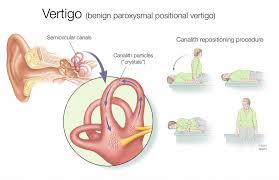
EAR DISORDERS
- Barotraumas
- Cholesteatoma and hearing loss
- Earwax
- Ear infections
- Earache
- Noise and hearing impairment
- Otitis media ruptured eardrum
- Swimmers ear
SURGERIES
- Advance cochlear implant surgeries
- Ear reconstructive surgery for absent ear
- Ear lobule repair
- Ear piercing with medical gun.
- Hearing restoration sugeries
- Mastoidectomies
- Repair of ear drum perforation and mastoid diseases
- Reconstruction of middle ear ossicles
- Stapedectomies
- Therapy and surgeries for vertigo
- Tympanoplasties
Sinus & Allergy Clinic
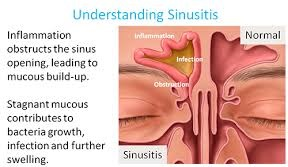
NASAL PROBLEMS
- Adult and paediatric allergies
- Nasal obstruction
- Nasal mass or polyp
- Nosebleeds
- Runny nose
- Sinus headache
- Sinusitis
- Smell and taste disorders
SURGERIES
- Allery assessment and treatment
- Control of epistaxis (severe nose bleed)
- Endoscopic septum surgery
- Endosopic sinus surgeries with derider, laser
- Functional and cosmetic rhinoplasty
- Functional Endoscopic sinus surgery to treat chronic sinus infection or remove polyps (FESS)
- Foreign Body Removal like rubber, thermocol balls, pea nuts, pins
- Minimally invasive sinus ballon treatment
- Minimall brain and skull base surgery
- Repair of nasal fractures
- Septoplasty to straighten deviated septum ( DNS )
Throat & Voice Clinic

THROAT AND VOICE
- Airway disorders
- Sleep apnea
- Sleep apnea
- Swallowing problems
- Throat and voice prblems
- Tonsillitis and sore throat hoarseness
SURGERIES
- Advance laser surgeries
- Micro laryngeal surgeries
- Professional voice assessment
- Removal of vocal cord lesions
- Speech and language therapy
- Snoring and sleep surgery
- Surgical treatment for snoring ( Laser Surgery )
- Tonsillectomy / adnoidectomy
- Uvuloplatopharyngoplasty (surgical treatment for sleep apnea)
- Vocal cord medialization
Head & Neck Cancer Center
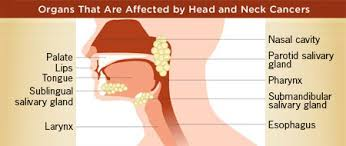
HEAD AND NECK
- Head and neck mass
- Enlarged or diseased lymph nodes in the neck.
- Salivary gland mass
- Thyroid swelling
- Sub mucosal fibrosis
- Oral cancer
- Snoring and sleep apnec clinic
SURGERIES
- Neck dissection with removal of lymph nodes for head/neck cancer and Tuberculosis
- Neuro Otology Department
- Parathyroidectomy
- Parotidectomy
- Removal of benign or malignant tumors from nose, sinuses, oral cavity, Thyroid, oropharynx
- Thyroidectomy
Cancers are present inside the head and neck like inside the mouth, the nose, and the throat. Head and neck cancers begin in the squamous cell that line the moist. Head and neck cancers can also begin in the salivary glands. Salivary glands are contain many different type of cell. There are different type of head and neck cancer in region like oral cavity, pharynx, larynx and Salivary glands etc. The treatment plan of head and neck cancer dependent many no factor like exact location of the tumor, the stage of cancer and person's age. Surgery is main treatment for cancer of head and neck. There are several type of treatment of head and neck cancer like radiation therapy, chemotherapy, targeted therapy, or a combination of treatments.
Audiology Clinic

We offer you an Audiometry test . An audiometry evaluation is a painless test, audiometric tests determine a subject's hearing levels, Patients who have a tumor in or around the ear They should go for Audiometry test. In Audiometry test Patient sitting in a soundproof booth wearing a set of headphones, which is connected with an audiometer, or we can use small earphones also, The audiometer produces tones at specific frequencies and set volume levels to each ear independently
SERVICES
- Complete hearing tests for adults and children
- Hearing aid evaluation and counseling with clinical audiologists
- Full line of hearing aid accessories and batteries
- Hearing assistive technology devices
- Recommendations for hearing device(s) best suited for the individual
- Cochlear implant workup evaluation and mapping
- Electroneuronography test (ENOG)
- Electrocochleography test (ECOG)
- Auditory brainstem response testing (ABR)
Voice/Speech therapy

Speech disorder has some children may not understand language and some children may understand language but be unable to communicate other children’s. Speech therapists generally called speech language pathologists. The speech therapy has a Speech therapist trained patients in communication skills and speech.
Thearpy
- Occupational Therapy
- Physical Therapy
- Sensory Integration Therapy
Balance tests
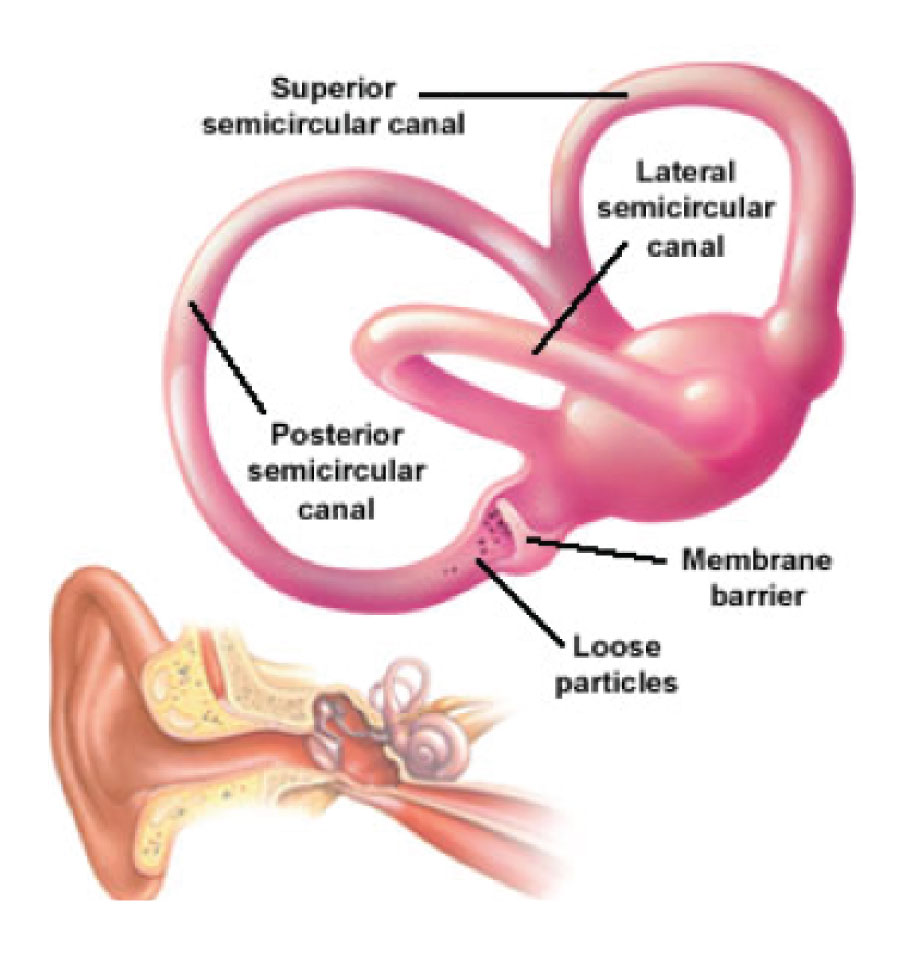
Your sense of physical balance, or equilibrium, relies on a series of signals that pass from the vestibular organs in the inner ear, through a branch of the 8th cranial nerve (or vestibular nerve), to the brain. The inner ear contains a complex system of fluid-filled chambers and passageways, known as the labyrinth.
Purpose of Balance Tests
- To help identify the cause of dizziness, vertigo, or ringing in the ears (tinnitus)
- To evaluate the function of the vestibular system in the inner ear
Who Performs Balance Tests
- An ear, nose, and throat specialist (otolaryngologist) or a vestibular technologist
- A nerve specialist (neurologist) may be involved in the interpretation of the tests.
Snoring and Sleep apnea Clinic
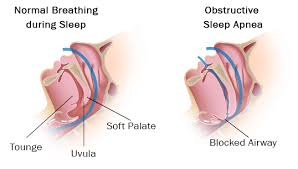
Forty-five percent of normal adults snore at least occasionally and 25 percent are habitual snorers. Problem snoring is more frequent in males and overweight people and usually worsens with age. Snoring may be an indication of obstructed breathing and should not be taken lightly. An otolaryngologist can help you to determine where the anatomic source of your snoring may be, and offer solutions for this noisy and often embarrassing behavior.
SURGERIES
- Radiofrequency Ablation of Turbinates
- Radiofrequency Tongue Base Reduction
- Uvulopharyngoplasty
MATERNITY
Antenatal Checkup and Treatment
Antenatal care is methodical medical supervision involving check up and advice to a pregnant woman. The main purpose of antenatal care to ensure the secure pregnancy culminates in the delivery of a healthy baby. Antenatal care should begin soon regularly after the pregnancy. You should awareness with the pregnancy and get medicine and check up regularly. In the many cases the women’s come to the hospital only when they are in labour. The perfect antenatal care stops the maternal, neonatal mortality and morbidity to some extent.
Foetal Monitoring
Infertility & Sterlity
What is Infertility? Inability of the couple to conceive 12 months of regular sexual life without the use of contraception is referred to as infertility. It may be primary where conception has never happened or secondary where there is difficulty in conceiving again. Causes of Infertility The causes of infertility can be grouped under three main heads: Female factors Male factors Unexplained causes Infertility due to Female factors: The main causes of infertility in women can be divided into following- Disorders of Ovulation Tubal factors Uterine abnormalities Others Disorders of Ovulation – The process of ovulation is a very complex balance of hormone production and interaction. Any derangement may lead to anovulation where the egg formation which happens regularly every month fails, thus leading to infertility. Failure of ovulation is seen mainly in the following cases – Polycystic ovarian disease Obesity Hypogonadotrophic state with low FSH and LH Hypergonadotrophic state with high FSH and LH ( premature ovarian failure) Iatrogenic scarring of ovaries because of repeated surgeries Scarring of ovaries due to infection Tubal factors–Blocked tubes or poor functioning of tubes results in infertility. Tuberculosis and other severe infection may lead to complete tubal blockage. Adhesions caused due to pelvic and abdominal surgeries, endometriosis, or infections may not cause blockage of tubes but spoils the fimbrio-ovarian relationship. This leads to impairment of the pick-up of the egg by the tube which may not only lead to infertility but may also be a reason for the ectopic pregnancies. In some cases tubes may be filled with fluid ( hydrosalpinx) or purulent material ( pyosalpinx)where even the results of IVF may be impaired. In India the most common cause for this is tuberculosis. We usually advise the clipping of these tubes at the cornual ends before initiating IVF but it is done only after the couple gives the consent for the same. Uterine abnormalities – These may be congenital or acquired. 1) Congenital – The commonly seen congenital abnormalities which are associated with infertility are ‘T’ shaped uterus Bicornuate uterus Septate uterus All the above may also be responsible for repeated abortions and are best diagnosed on a 3D ultrasonic examination of the cavity followed by hysterolaparoscopy. 2) Acquired – The most important causes are Uterine polyps Submucus fibroids Intrauterine adhesions due to infection Scarring of the uterine cavity due repeated abortions followed by evacuation, D&Cs, other surgeries Hysteroscopic evaluation of the uterine cavity is very useful before initiating IVF because any untreated disorder of the uterine cavity leads to implantation failure leading to very poor success in IVF. Others – About 10% of infertile women are diagnosed to have endometriosis. This is either diagnosed on ultrasound or on routine hysterolaparoscopic examination done as a part of infertility workup. Only few are aware of the condition due to the symptoms of severe pain and discomfort for which the treatment has already been received in early years of life. Some endocrine disorders like thyroid or hyperprolactenaemia may sometimes be responsible for infertility. Infertility due to Male factor: It is important to treat infertility as a problem of the couple rather than seeing only one partner at a time. In about 30% of the couples presenting with infertility, it is only the husband who is responsible for infertility. The most common reasons found in cases of male infertility are:- Azoospermia- Absence of sperm in semen. Oligospermia- Decreased number of sperms in semen. Asthenospermia- Decreased motility of sperms in semen. Teratozoospermia- Abnormal morphology of sperms. Aspermia- Absence of semen. In case any of the above abnormalities are found, further investigation in the form of hormonal assays and karyotyping may be advised. Testicular biopsy is done for patient with azoospermia with a normal FsH level. It is always beneficial to conduct semen analysis prior to starting investigation of the female partner. Male infertility is on the increase especially because of the lifestyle changes and is emotionally less acceptable to the couple. The most common lifestyle factors causing male infertility are as follows:- Smoking- Decreases sperm count, quality and motility. Drugs- Decrease sperm count, quality and motility. Chronic alcohol abuse. Anabolic steroids. Intense exercise- This cause high adrenaline rush which decreases testosterone thereby causing infertility. Inadequate vitamins in the diet. Tight clothing. Environmental Hazards. Stress. Obesity. Infertility due to unexplained reasons: In 20% of all couples presenting with infertility, no cause can be detected as the cause of infertility. These patients can be helped using various ART techniques. In a few patients it has been observed that meticulous counselling to allay their anxieties and fears may result in a pregnancy. Cases have been seen where a change of environment takes away the constant pressure of having a baby resulting in surprise pregnancy.
High Risk Pregnancy and Delivery
The several women have medical difficulties related to their health and their baby. Its women experience called high risk pregnancy.
The some risk factors are: Existing health conditions, like high blood pressure, HIV positive, diabetes. The overweight and obesity of women be a high risk pregnancy. If obesity increases in the pregnant women them high blood pressure, gestational diabetes, preeclampsia, cesarean delivery and neural tube defects are can be increases in the women.
Multiple births: In this factor baby can birth more than one. In the some complications include like premature labor, preterm birth and preeclampsia. Old and Young age: The age of women if 35 or over its increases the risk for the gestational high blood pressure and preeclmpsia.
Artifical Insimination
Artifical InsiminationArtifical InsiminationArtifical InsiminationArtifical Insimination
In Vitro Fertilization
In Vitro Fertilization
Embryo Freezing
Embryo Freezing
White Discharge (p)
When you become pregnant, your body undergoes a variety of changes. One of the first changes you may experience is in your vaginal discharge. It is important to be aware of what is considered normal during pregnancy and to inform your health care provider about any changes that may appear abnormal.
Normal Delivery & Cesarean Section
Babies can enter this world in one of two ways: Pregnant women can have either a vaginal birth or a surgical delivery by Caesarean section, but the ultimate goal is to safely give birth to a healthy baby.
In some cases, C-sections are planned because of medical reasons that make a vaginal birth risky. A woman may know in advance that she will need a C-section and schedule it because she is expecting twins or other multiples, or because the mother may have a medical condition, such as diabetes or high blood pressure, an infection that complicates pregnancy, such as HIV or herpes, or she may be experiencing problems with the placenta during her pregnancy.
In general, women say that giving birth vaginally feels like more of a natural experience. Women who undergo vaginal births avoid major surgery and its associated risks, such as severe bleeding, scarring, infections, reactions to anesthesia and more longer-lasting pain